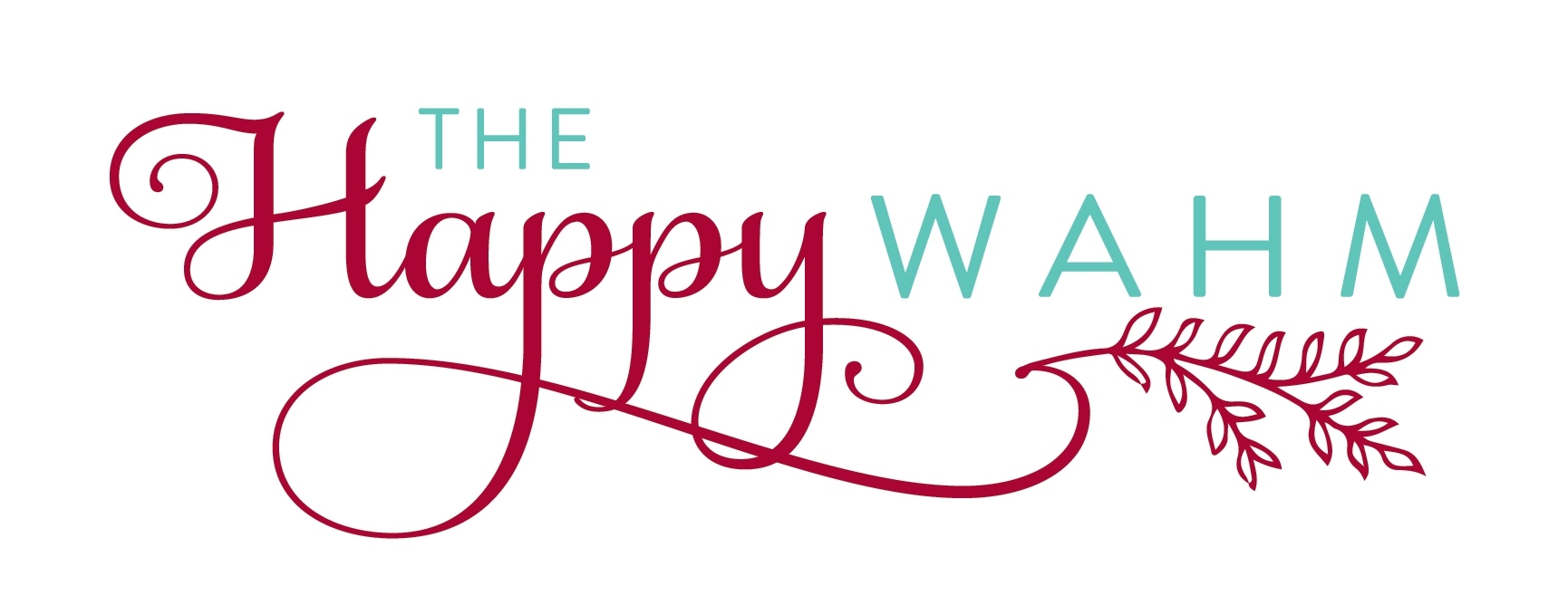Schisandra berry, also spelled schizandra, is a vining shrub native to Northern and Northeast China, areas of Korea and Russia. In Chinese, the berries of Schisandra chinensis are called Wu Wei Zi, translated as the “five-flavor fruit”, based on it’s salty, sweet, sour, pungent and bitter flavors, It has been used as a natural medicine for thousands of years and prescribed by physicians in China.
The use of schisandra berry in North America is limited; only small number of studies have currently been published in English. Most of the published research is in Chinese, Japanese and Russian. In the 16th century, the largest description of materia medica in traditional China was written in a pharmaceutical book titled Bencao Gangmu (Guidelines to Roots and Herbs). In Traditioanal Chinese Medicine, schisandra berry has been widely used as a kidney tonic and lunch astringent. Schisandra helps promote the production of body fluid, increase the body’s resistance to a broad spectrum of adverse biological, chemical and physical effect and help the body handle stress.
Schisandra fruit has been found to have a variety of active constituents including essential oils, vitamins A, C and E, flavonoids, triterpenic acid, citric acid, ganwuweizic acid, and more.
Health Benefits of Schisandra Berry
Antimicrobial Effects and Liver Health
Scientific studies have found that schisandra berry works as an antibacterial, a stimulants and it protects the liver against toxins. Liver problems lead to immune disorders because of the build up of toxins. In vitro and in animal models, schisandra extract has been examined for its anti-inflammatory effects. A constituent of schisandra has been shown to inhibit inflammatory cell infiltration in animals with liver injuries. In vitro, schisandra chinensis extract has also shown antibacterial activity.
Other Benefits
Schisandra is used as an “adaptogen” for increasing resistance to disease and stress, increasing energy, and increasing physical performance and endurance.
Schisandra is also used for preventing early aging and increasing lifespan, normalizing blood sugar and blood pressure, stimulating the immune system, and speeding recovery after surgery.
It is also used for treating liver disease (hepatitis) and protecting the liver from poisons. The Chinese have developed a liver-protecting drug called DBD that is made from schizandrin, one of the chemicals in schisandra.
Other uses for schisandra include treatment of high cholesterol, pneumonia, coughs, asthma, sleep problems (insomnia), tiredness and irritability associated with emotional disturbance (neurasthenia), premenstrual syndrome (PMS), chronic diarrhea, dysentery, night sweats, spontaneous sweating, involuntary discharge of semen, thirst, erectile dysfunction (ED), physical exhaustion, excessive urination, depression, irritability, and memory loss. It is also used in children to reduce the frequency and severity of attacks of fever associated with an inherited disease called familial Mediterranean fever.
Some people use schisandra for improving vision and muscular activity, protecting against radiation, preventing motion sickness, preventing infection, boosting energy at the cellular level, and improving the health of the adrenal glands.
Common Name:
Schisandra Berry
Botanical Name:
Schisandra chinensis
Part of Use:
Berry
References:
1. Natural Standard: The Authority of Integrative Medicine
2. Louise Tenney (2000). Today’s Herbal Health. 5th Edition
3. WebMD
Marge, also known as The Happy WAHM, is a virtual assistant who turned her passion for entrepreneurship into a worthy endeavor of offering complete business solutions to CEOs and business owners around the world. She turned her back on a thriving corporate career to become a hands-on mom and created a lifestyle that allowed her to build a homebased career, homeschool her children, and still have time to pursue her passion for arts and crafting.
She only posts her content on her website, TheHappyWAHM.com. If you see this content on someone else's site then it is NOT by any means authorized.







